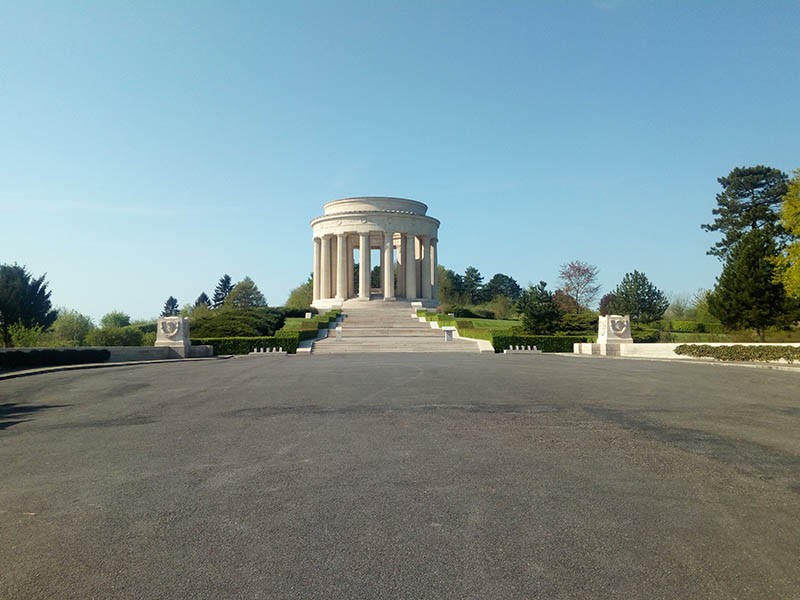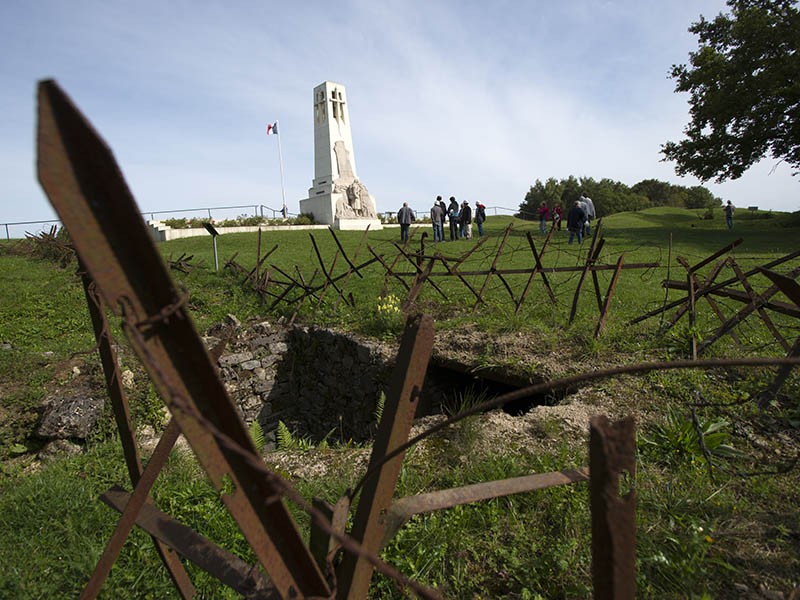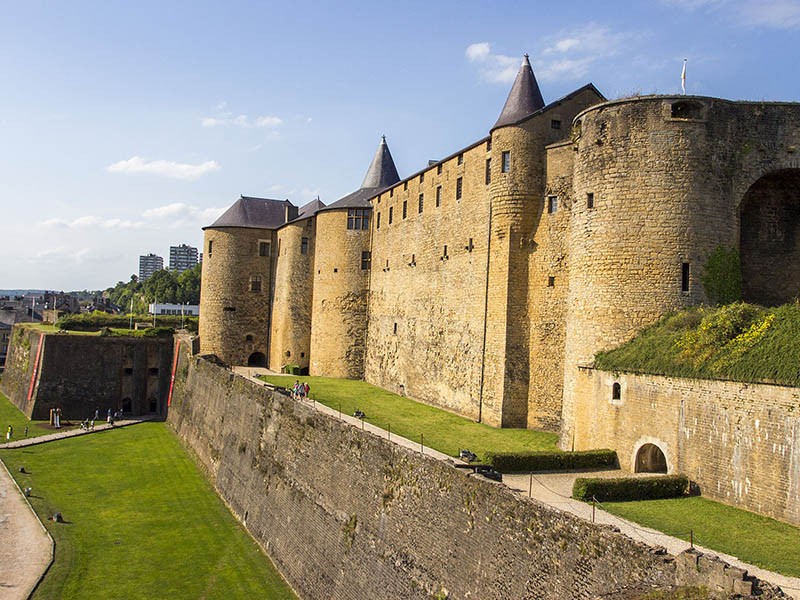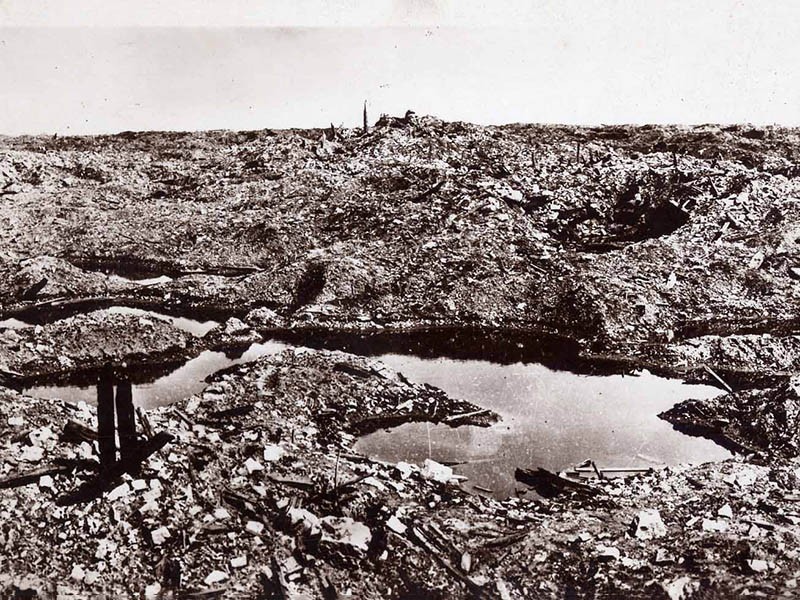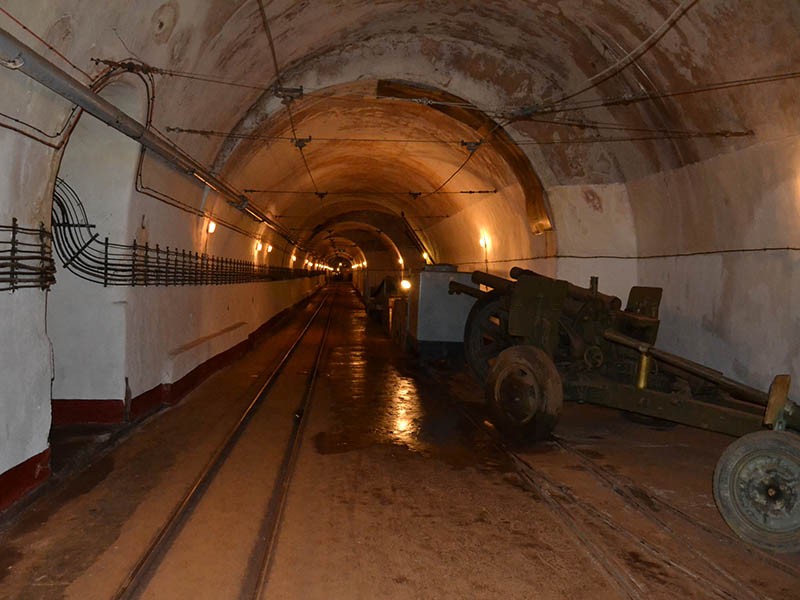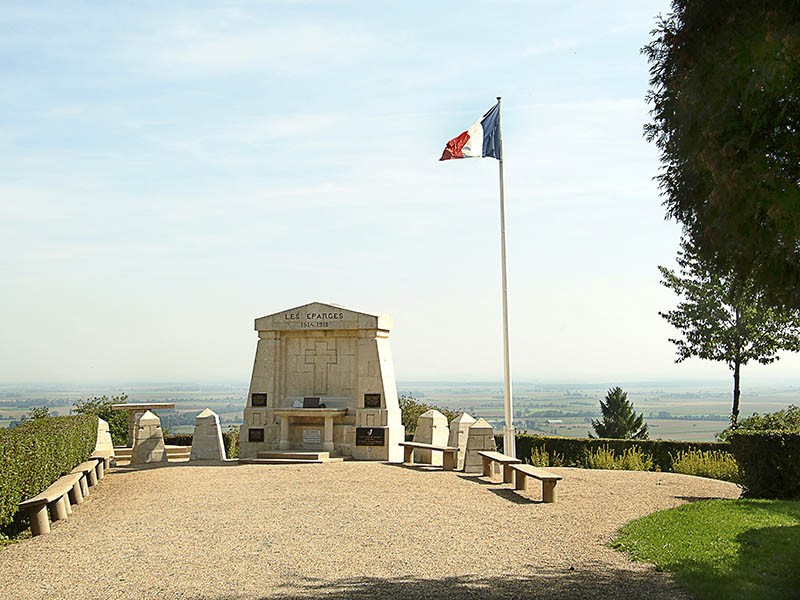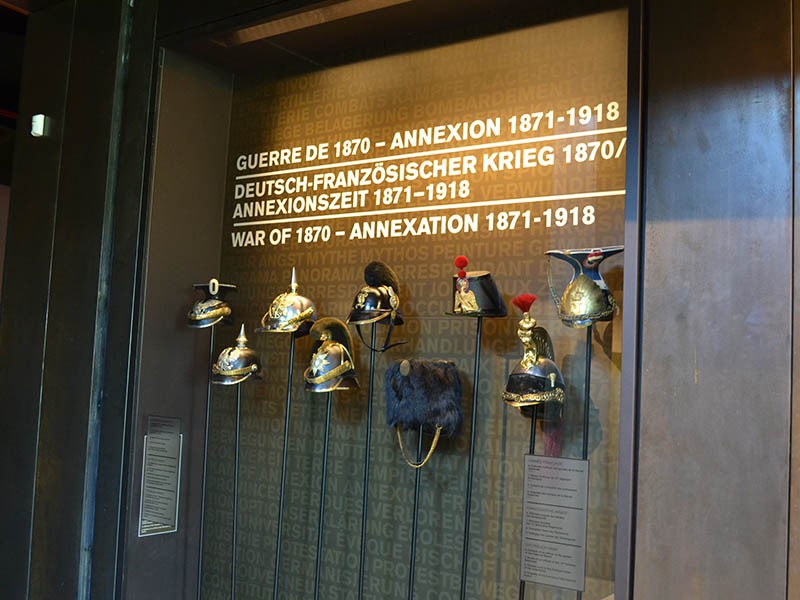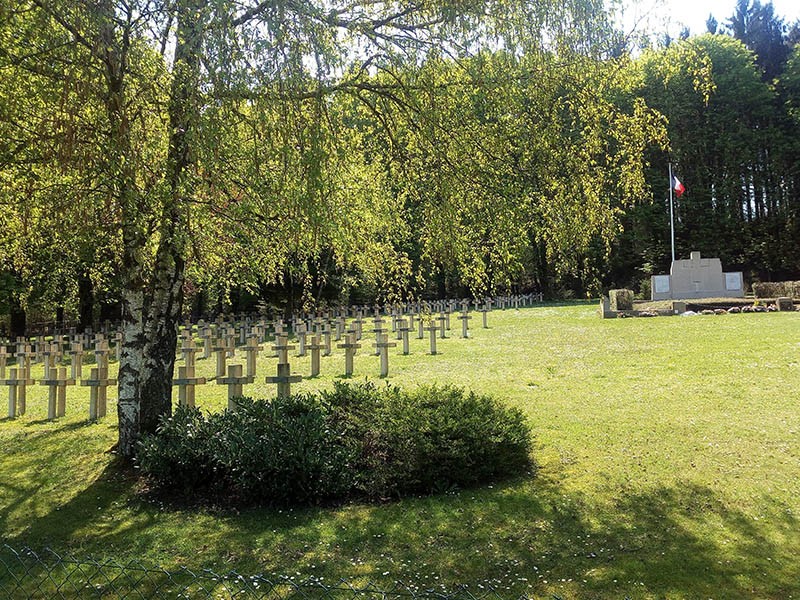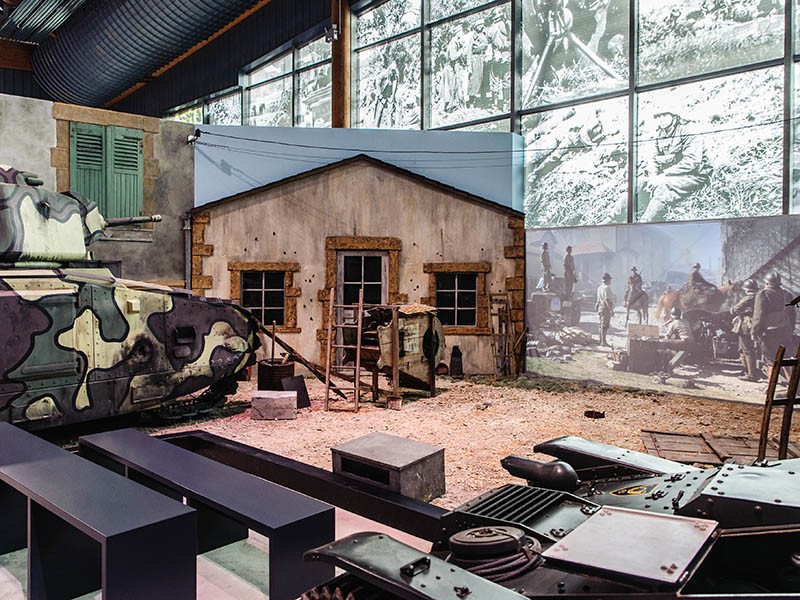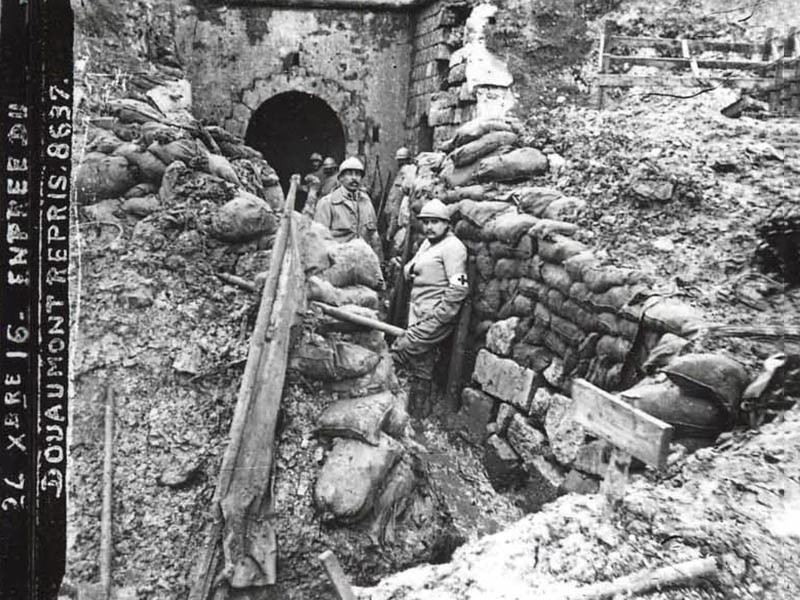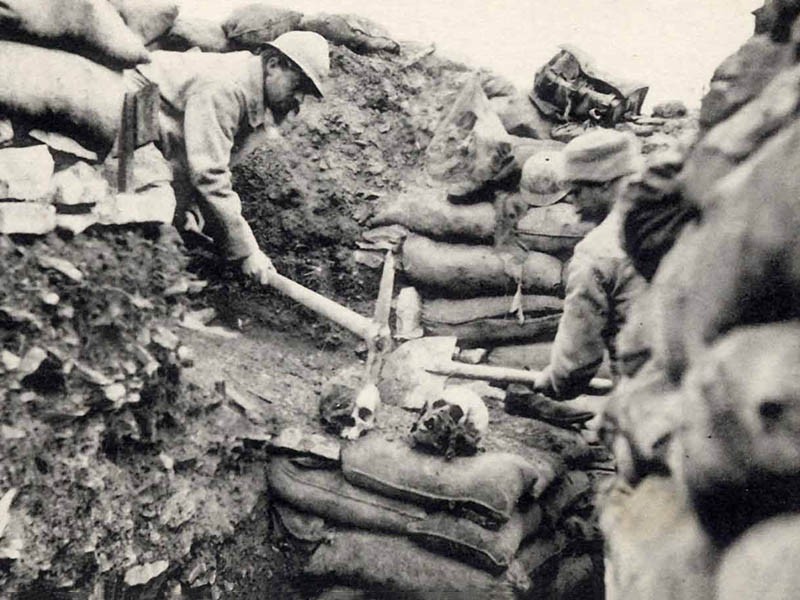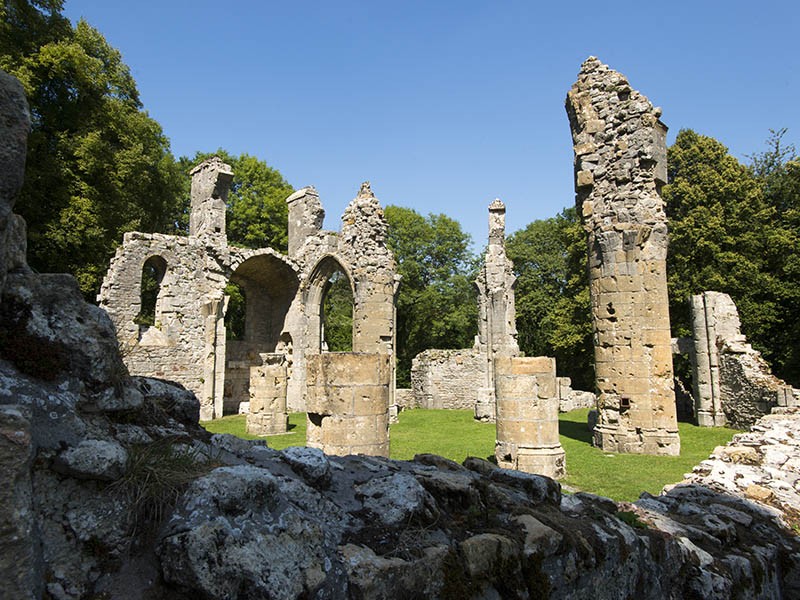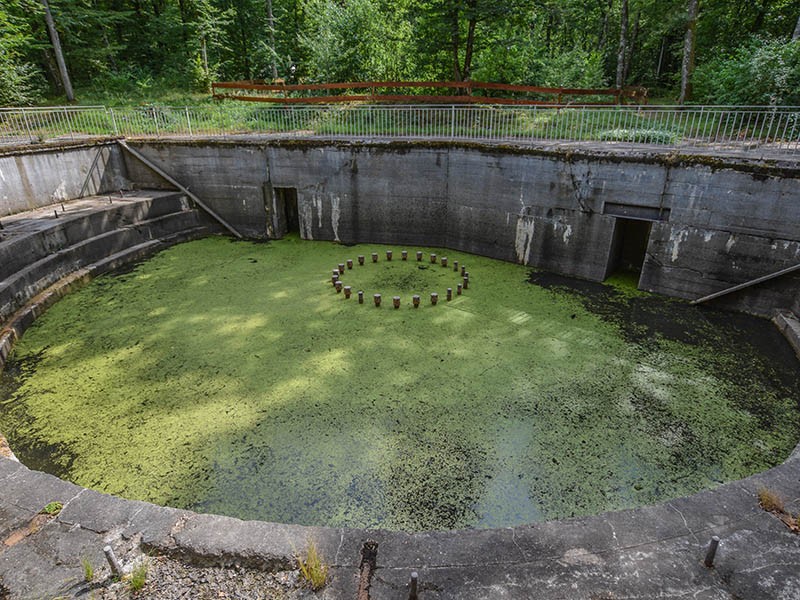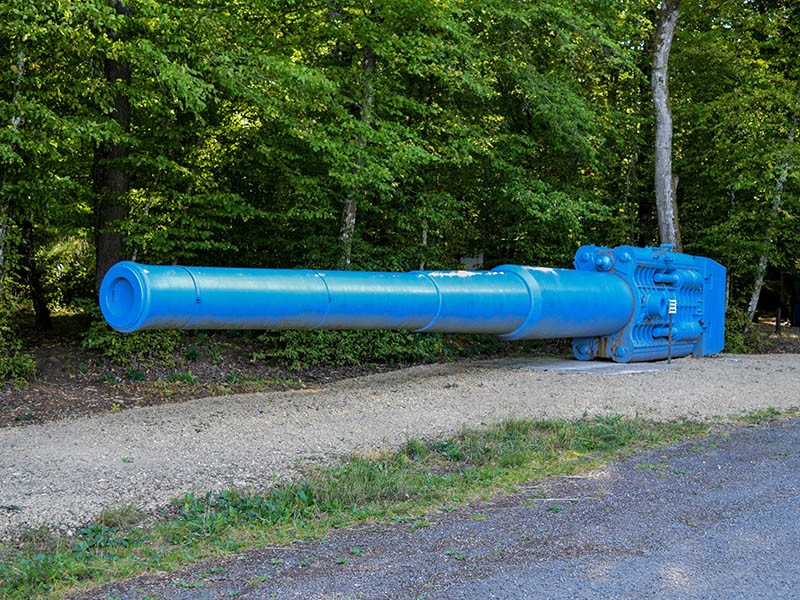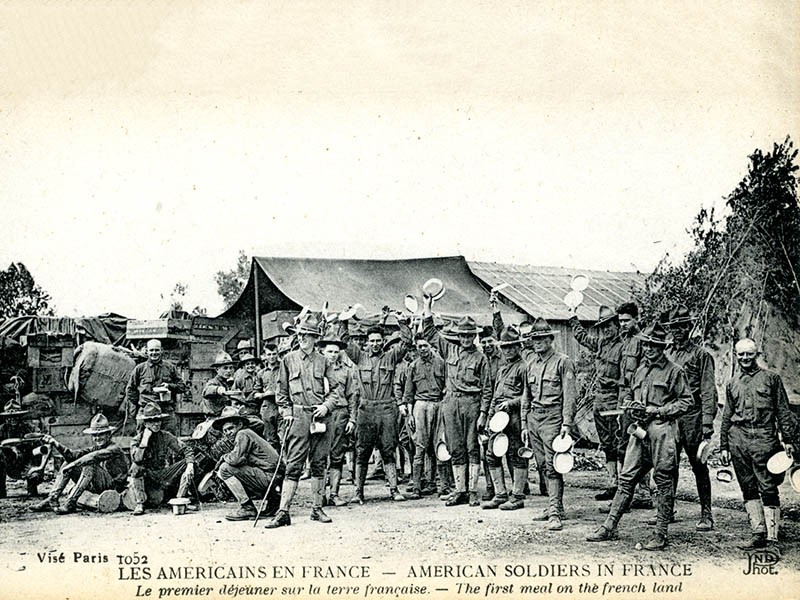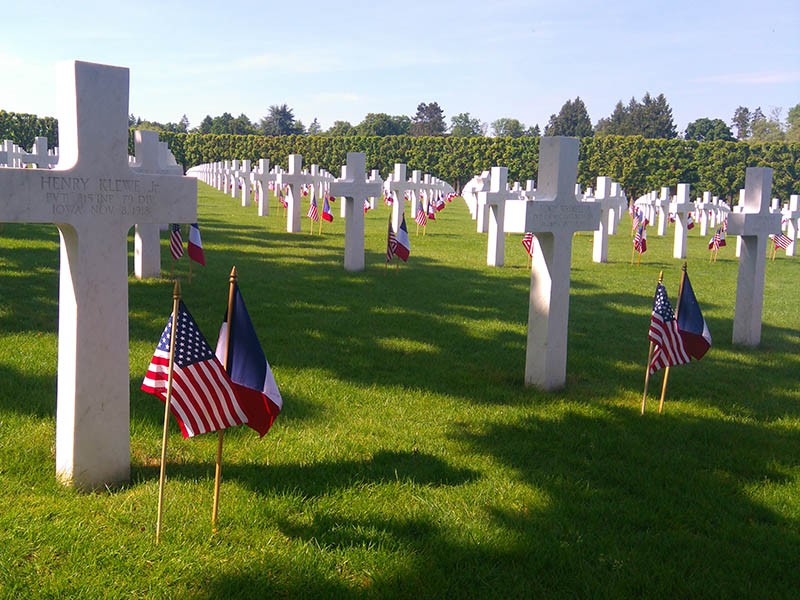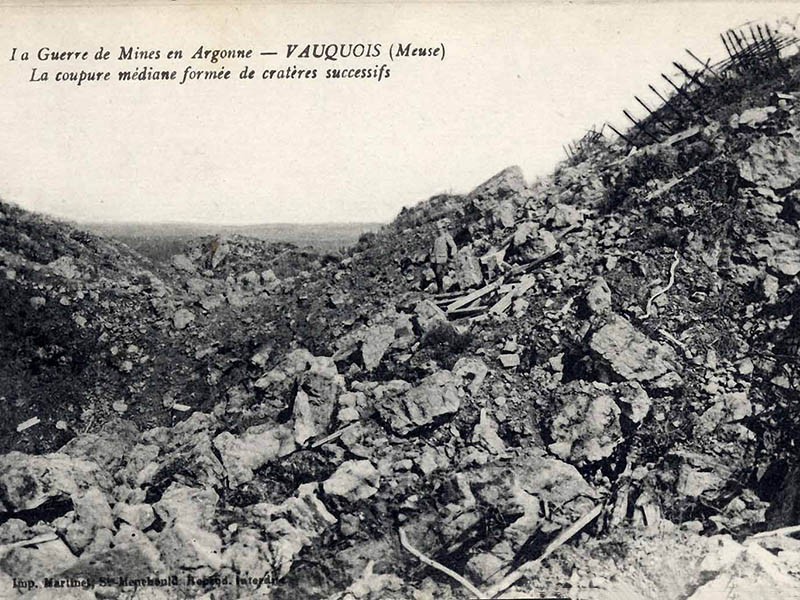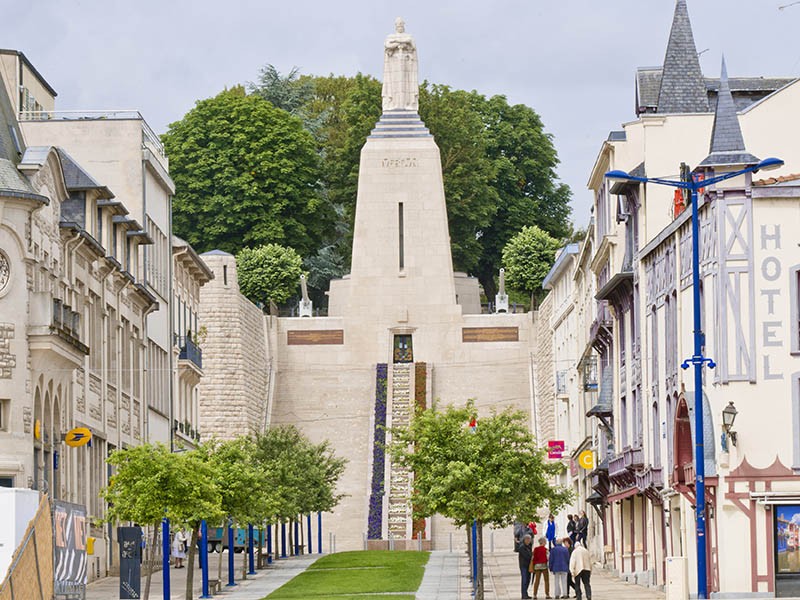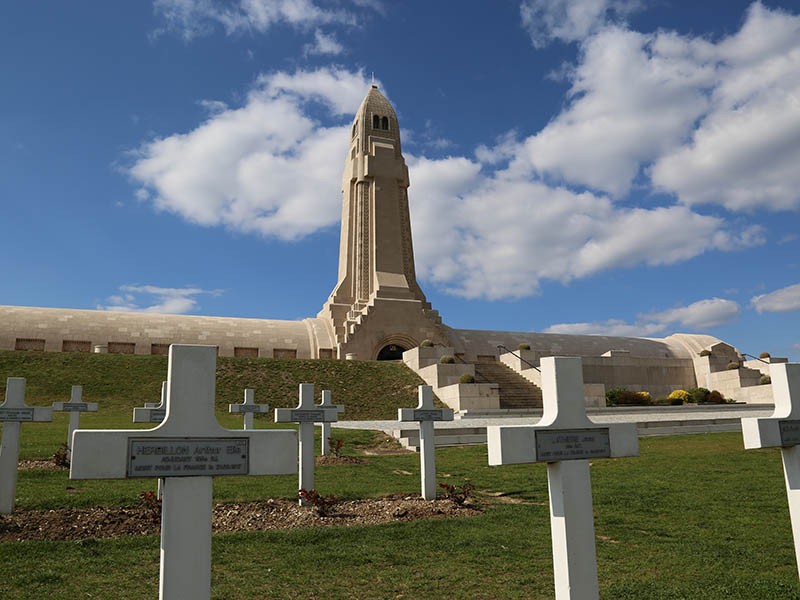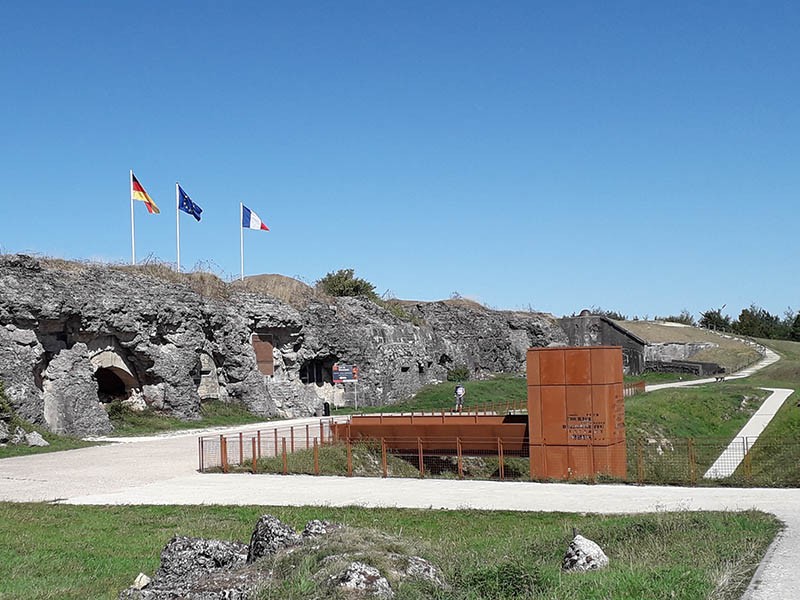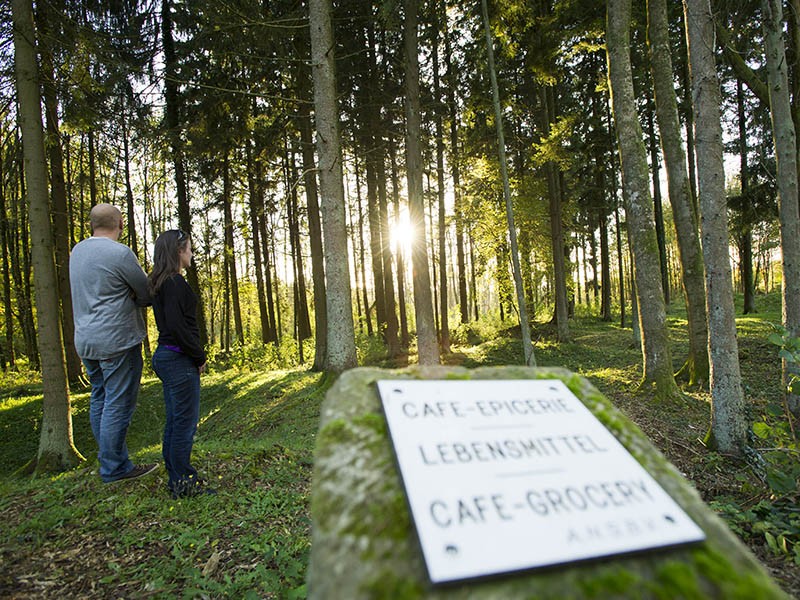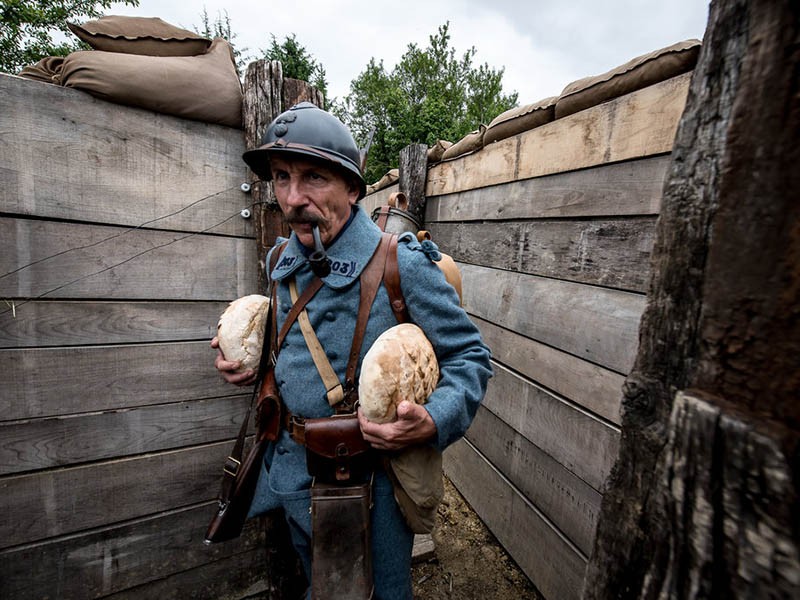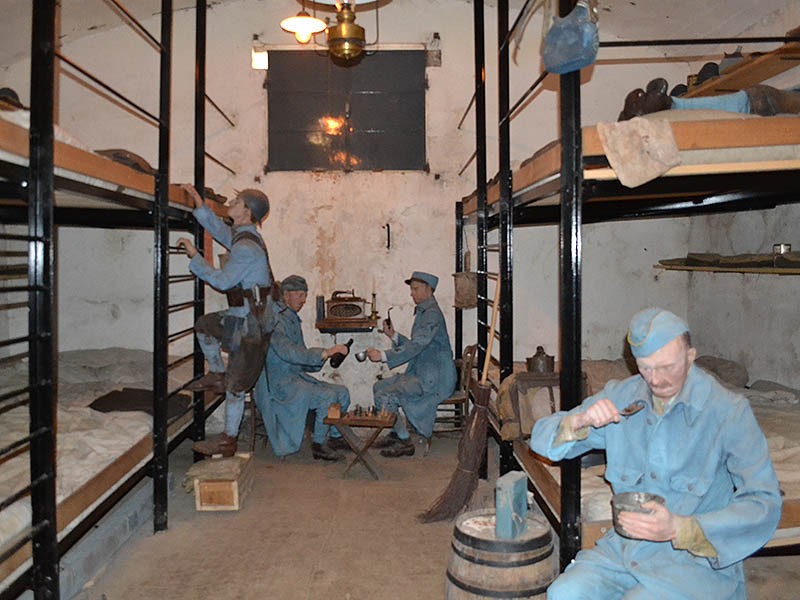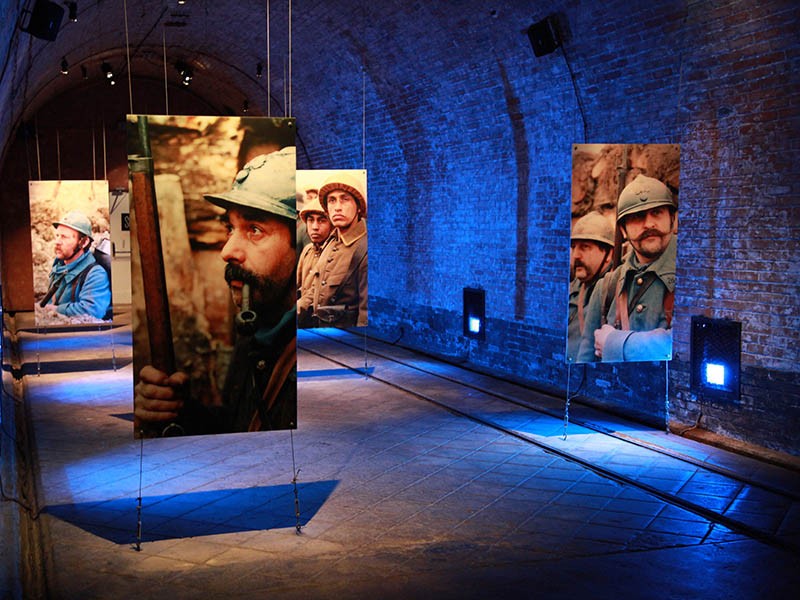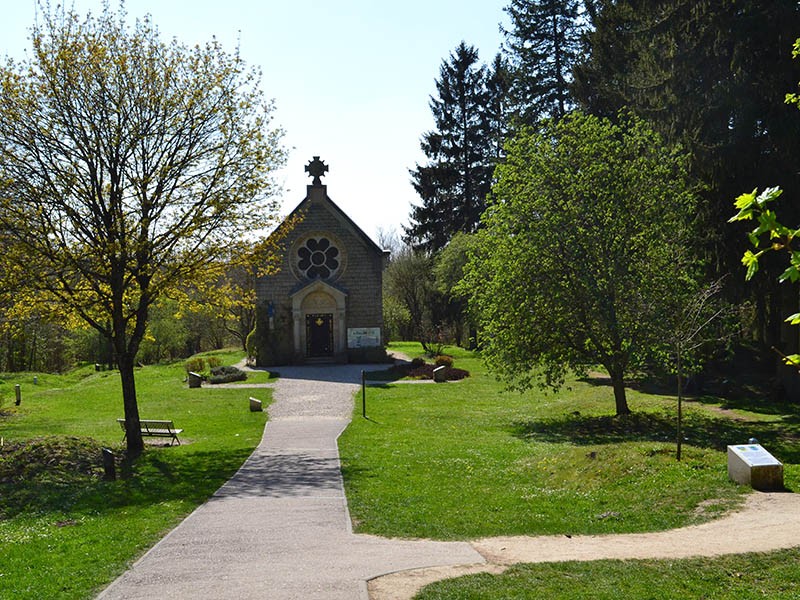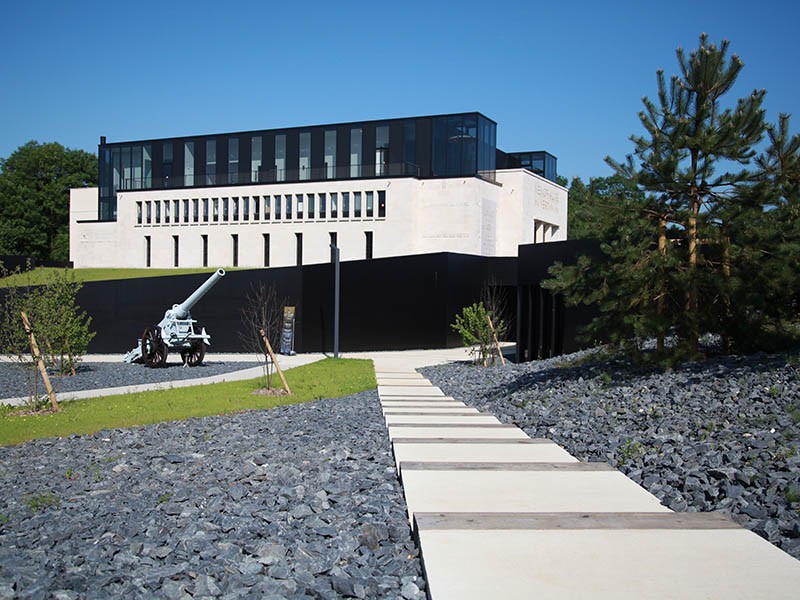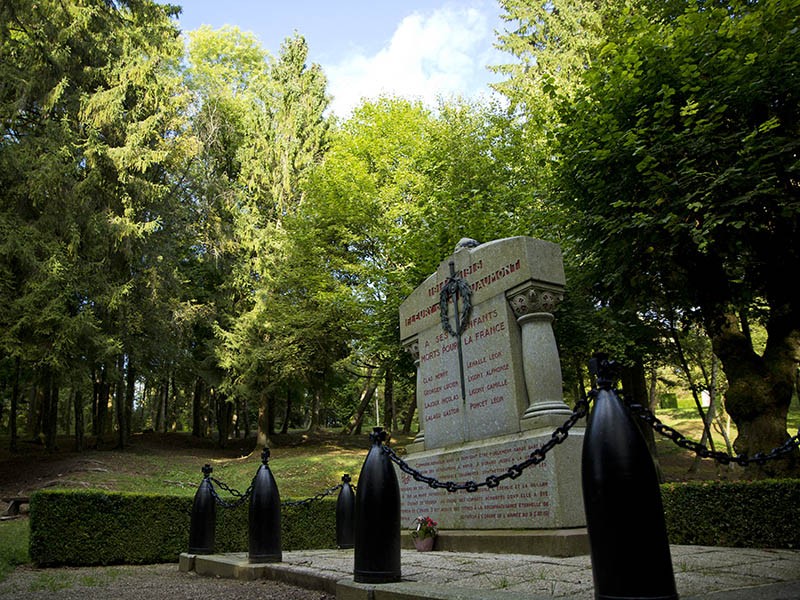Over 150 years, Franco-German antagonism led to three major wars (the Franco-Prussian war of 1870-1871, the First World War 1914-1918 and the Second World War 1939-1945) which left many scars in the North and East of France.
France
From Dunkirk to Le Linge in the Vosges, passing by the Somme, Sedan and Verdun, the landscape features battlefields and military cemeteries and memorials. The monuments and war memorials in France remind us that many different nationalities fought each other on French territory: French, German, British, Commonwealth and American. There are remembrance sites in several regions of France, including some must-see remembrance sites.
In the Hauts-de-France region are Notre-Dame de Lorette, Vimy Ridge, Arras and the Chemin des Dames. In the Grand-Est region are Sedan and the War and Peace Museum at Novion-Porcien. In the Meuse département are the battlefields at Verdun, Argonne, Les Eparges and Saint-Mihiel. In Alsace are Metz and the 1870 Annexation Museum at Gravelotte, the Maginot Line forts at Fermont and Hackenberg and the Hartmannswillerkopf site. Exploring these remembrance sites quickly becomes a moving pilgrimage and a reminder of tragic moments in European history.
In the Hauts-de-France region are Notre-Dame de Lorette, Vimy Ridge, Arras and the Chemin des Dames. In the Grand-Est region are Sedan and the War and Peace Museum at Novion-Porcien. In the Meuse département are the battlefields at Verdun, Argonne, Les Eparges and Saint-Mihiel. In Alsace are Metz and the 1870 Annexation Museum at Gravelotte, the Maginot Line forts at Fermont and Hackenberg and the Hartmannswillerkopf site. Exploring these remembrance sites quickly becomes a moving pilgrimage and a reminder of tragic moments in European history.
Its location on the natural axis between France and Germany means that the Meuse département has long been a place of meetings, rivalries and confrontations between these two nations. It was one of the main areas of conflict during the First World War. The Western Front that crossed through it was the site of much bloody and fierce fighting between the French and German armies during the four years of the war: at Woëvre in 1914, Eparges and Argonne 1915, Verdun in 1916 and 1917, and at Saint-Mihiel and Argonne in 1918 when the French were reinforced by the Americans.
This series of battles, of which the best-known and most terrible was, without any doubt, Verdun, scarred the landscape for many years.
This series of battles, of which the best-known and most terrible was, without any doubt, Verdun, scarred the landscape for many years.
Today, there are remains of trenches and battlefields near Saint-Mihiel, Les Eparges and Argonne, as well as the forts at Vaux and Douaumont, destroyed villages such as Fleury-devant-Douaumont, the new citadel at Verdun, and the Verdun Memorial Museum and Ossuary at Douaumont. Together, they offer a wide-ranging and comprehensive account of the slaughter that happened here in the twentieth century.
